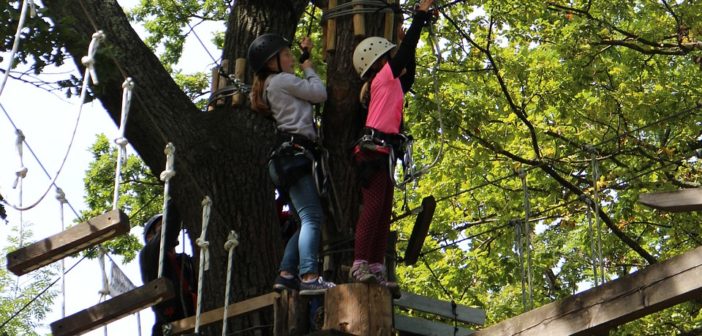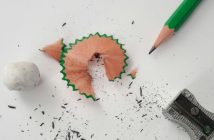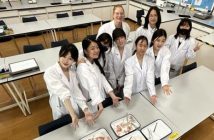Even though it’s been a bit more than a year since I graduated high school, I can still vividly remember all the complaining that my peers have done about the science and math classes that they were forced to take. As someone who is passionate about STEM (science, technology, engineering, and math) and hence decided to pursue an engineering degree, I could only dismiss these complaints as ignorant comments made by lazy people. But was it entirely their fault that they didn’t like what they had to learn? No! When the sole motivation for these students to learn what they were taught in these classes is grades, it makes sense that they would complain. Recently, I’ve put more thought into this matter, and I started wondering about what would make science and math more fun.
Relevance
There’s a common belief that science and math are only for the gifted, but in reality, effort and interest are what really matter. From personal experience, the lack of interest, and thus lack of effort, in these subjects often occurs in students who believe that they do not want to pursue a career in STEM. A lot of people don’t see the relevance and importance of science in everyday life. It’s important to address in classrooms how science affects personal matters. Sure, it’s true that just about everything around us is a result of decades of scientific research, and we do appreciate the effort and time that scientists, engineers, and mathematicians have dedicated to make the world a better place. However, to most of us, it doesn’t matter how black holes are formed or how the classification system for plants works. There should be more emphasis on topics that affect us directly. Learning about things such as how to protect the environment or why it is important to not use antibiotics to treat colds will allow us to make informed decisions.
Not only that, but it would be great if students could learn how to use concepts that they learn in science class in everyday life. For example, when learning about reaction rates in chemistry, a useful life hack to teach would be to refrigerate onions before cutting them to prevent you from tearing up. When you cut onions, you’re breaking open cells, which releases chemicals into the air that makes your eyes sting. The cooler temperature slows down the rate of chemical reactions, so it is less likely that the chemicals would be released and would make their way up to your eyes.
Hands-on learning
It’s been a year since I took chemistry and unfortunately, even though I want to retain all the information that I learned in chemistry class, I can feel it fading away from my memory day by day. What I can still remember are not the things that I learned from a textbook, but those I learned through experiments, and in particular, the ones that I got a chance to carry out on my own.
The concepts of experiential learning and project-based learning is becoming more and more prevalent, but textbook learning is still dominating, especially in higher classes. It’s unfortunate that hands-on learning is considered suitable for children, but not much emphasis is placed on using this method to teach older students or adults. Classroom activities and games should be consistently used to complement lectures even in high school and university, as these would make learning more enjoyable. The hands-on learning techniques used in my 11th and 12th grade biology classes, for instance, tremendously improved our interest in biology. For example, we often played Kahoot, a game-based online learning platform. Our competitive nature made us want to win the game, so we were more interested in paying attention to lectures and learning what was on the syllabus.
Learning outside of a classroom
As much as I would like science education to improve right away, I know that it’s not going to happen any time soon. So, for the time being, it’s up to us to help our family members and friends see the importance of the sciences. The following are some ways to make that happen.
– Discussing science news
– Watching science TV – even science fiction is a great way to imagine where science will take us.
– Family science activities
– Museums – these are fun for both kids and adults.
– Workshops and summer camps
– Extracurricular activities – these tend to allow for greater creative freedom than in classrooms.
Photo: Antranias via Pixabay




